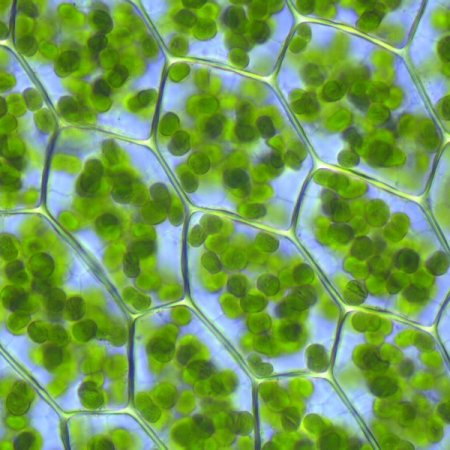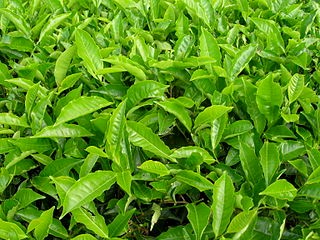
Tag: plants


Ep 25. Finding the Next Fix for the World’s Problems: More from the Connecticut Agricultural Experiment Station

Podcast Ep 17. Putting Science to Work for Society: A Visit to the Connecticut Agricultural Experiment Station

From Plants to St. Patrick’s Day, It’s Hard to Avoid the Color Green
